AN AMERICAN WEREWOLF IN LONDON (1981)
Two American college students on a walking tour of Britain are attacked by a werewolf that none of the locals will admit exists.
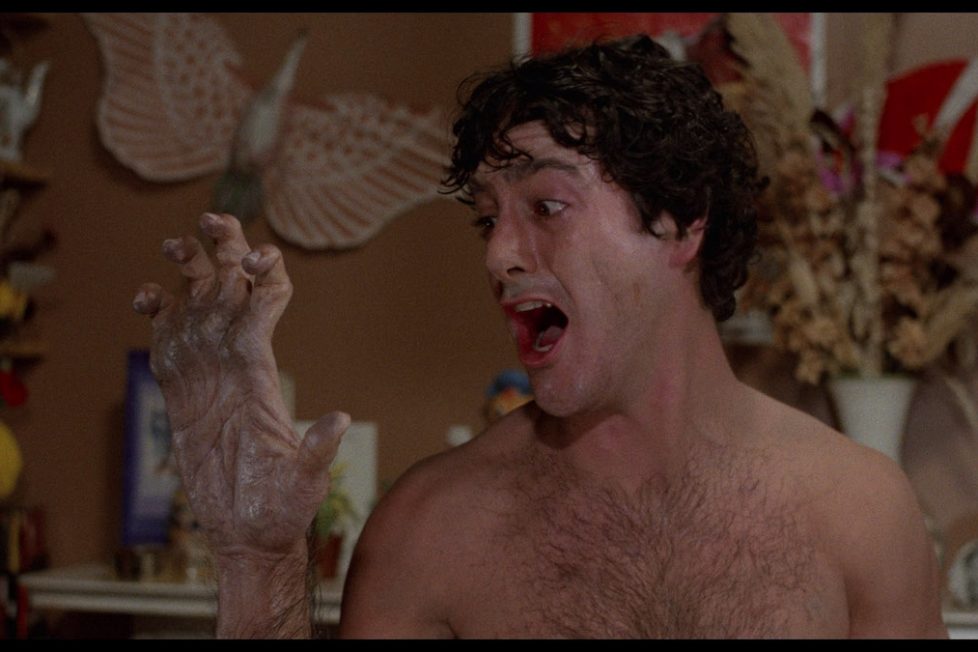
Two American college students on a walking tour of Britain are attacked by a werewolf that none of the locals will admit exists.


John Landis made his name in comedy (directing The Kentucky Fried Movie, National Lampoon’s Animal House, and The Blue Brothers), which earned him enough clout to get a decade-old script made called An American Werewolf in London. The story was inspired by an incident when Landis was a production assistant working on Kelly’s Heroes (1970) in Yugoslavia. He witnessed a group of gipsies performing a funeral rite so the corpse of a murderer wouldn’t rise from the dead (the body was wrapped in a garlic shroud, buried feet-first, at a crossroads). Seeing the spectacle, the idea of someone being confronted by an undead ghoul stuck in young Landis’ mind…
The script was written in 1969, evolving into something that also riffed on Universal’s Wolf Man pictures, but it wasn’t until Landis became a success in the late-1970s that PolyGram Pictures gave him $10M to make An American Werewolf in London on location in the UK (for tax break reasons). And that’s despite widespread feedback it was “too scary to be funny, or too funny to be scary”, according to the director himself.
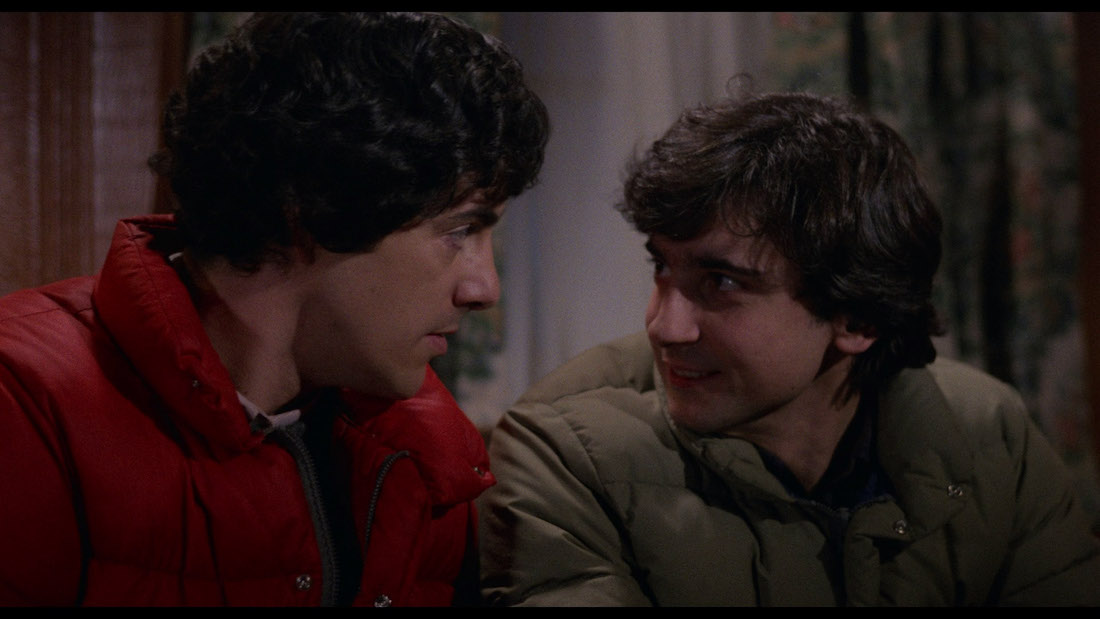
Regardless of the studio’s concerns, Landis shot the movie over the winter months of February and March in 1981, which he hoped would add to the atmosphere of dread he wanted hanging over events. The Black Mountains of Wales stood in for the story’s bleak Yorkshire Moors, and the tiny Welsh village of Crickdarn became the fictional “East Proctor” hamlet, although its iconic Slaughtered Lamb pub was, in reality, a cottage (with interior scenes shot hundreds of miles away in the Black Swan pub in Surrey, England). The real coup for the production was getting permission to shoot in London’s busy Picadilly Circus, which hadn’t been allowed for 15 years, by inviting 300 police officers to a screening of The Blues Brothers. Landis was rewarded with a two-night shoot lasting a total of eight hours, during which time he managed to only stop traffic on three occasions for a couple of minutes each time.
An American Werewolf in London concerns amiable New York backpackers David Kessler (David Naughton) and Jack Goodman (Griffin Dunne), who are on a three-month tour of Europe. They make the fatal mistake of starting their trip in the chilly north of England, specifically Yorkshire, where they’re introduced literally being deposited on the outskirts of a village in the back of a truck transporting sheep. Like lambs to the slaughter, they even find shelter in a pub called ‘The Slaughtered Lamb’ (its ominous sign a wolf’s head on a spike), where they’re made to feel uncomfortable by the local drinkers. The landlady’s a battleaxe who won’t fill their bellies, there’s a pentangle etched on a wall, and when things turn hostile the Yanks are forced out with a warning ringing in their ears: keep to the road, stay clear of the moors, and beware the moon…
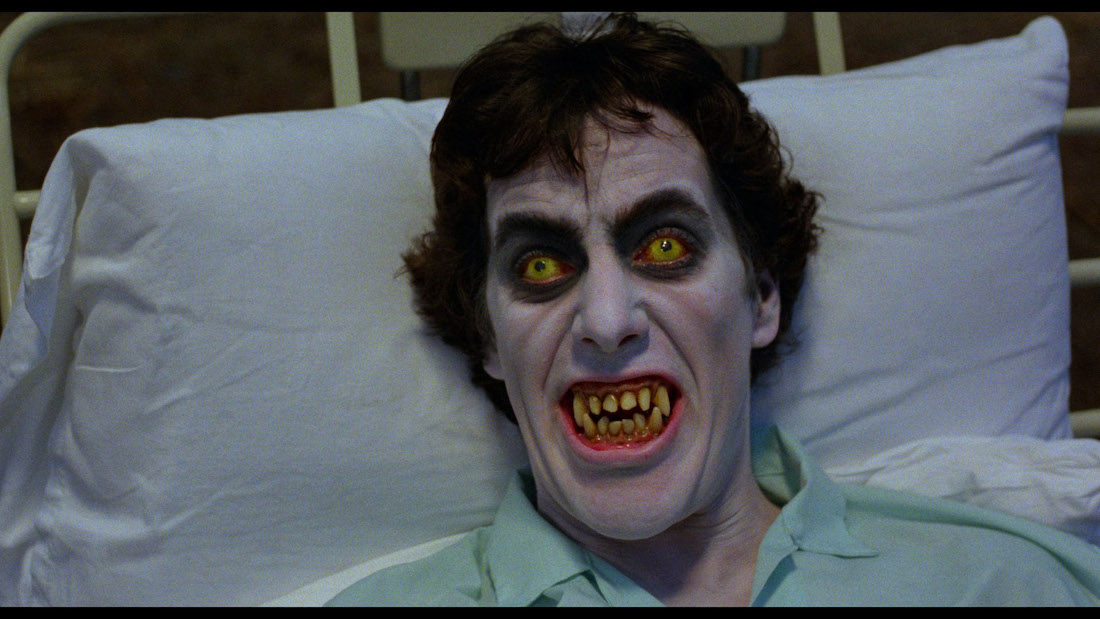
It makes little difference, as Jack and David soon find themselves wandering onto the moors and getting lost, just as a strange howling fills the air and they sense the presence of an enormous predator circling them. Both friends are attacked by a large fanged animal, which savages Jack to death and almost kills David before the villagers manage to shoot the beast dead.
Three weeks later, David awakens in a London hospital (it’s never explained why the villagers didn’t kill David to save a lot of bother, or why David was taken to a London hospital five hours south instead of locally). Of course, David was bitten and is now cursed to transform into a werewolf at the next full moon, which means he also has to suffer occasional visitations from the ghost of his buddy Jack, imploring him to commit suicide so he can prevent himself from murdering innocent people and let victims of the werewolf’s bloodline rest in peace. Come to think of it, why is David being visited by the ghost of someone his lycanthrope predecessor killed? And if it’s seemingly part of the lore that the current werewolf can see every victim of his bloodline, theoretically David should be seeing lots of northern strangers with a grudge against him too?
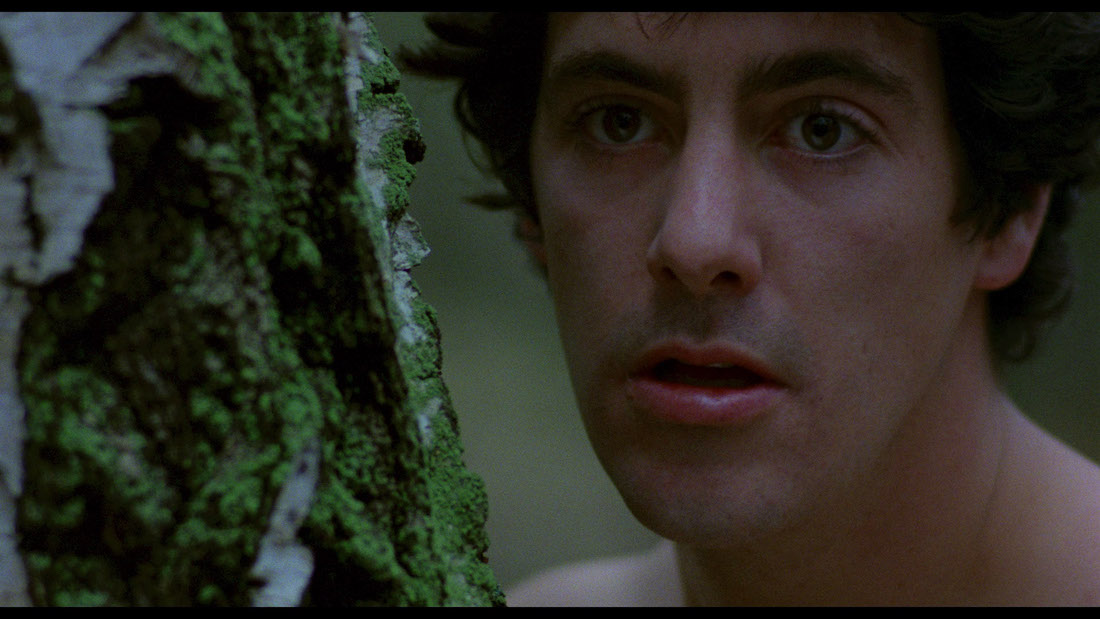
The story is actually very straightforward. David recuperates from his ordeal by starting a relationship with an attractive young nurse, Alex Price (a delightful Jenny Agutter), and believes he has a form of PTSD with the sudden onset of frightening and bizarre dreams. And that’s before Jack appears to him with a torn out throat, undergoing a slow physical decay each time they meet. There’s also a smaller subplot for Dr Hirsch (John Woodvine), the man in charge of David’s recovery, who takes an interest in this foreigner’s peculiar story and investigates the northern village to see if it holds water.
In essence, An American Werewolf in London is a tragic romance about a likeable young man who goes to Europe looking for adventure, only to find death and possible madness instead, but clutches to the promise of true love to get him through… which is ultimately doomed because he’s a monster that can’t possibly have a happy ending because his existence puts everyone in danger. Even his girlfriend.
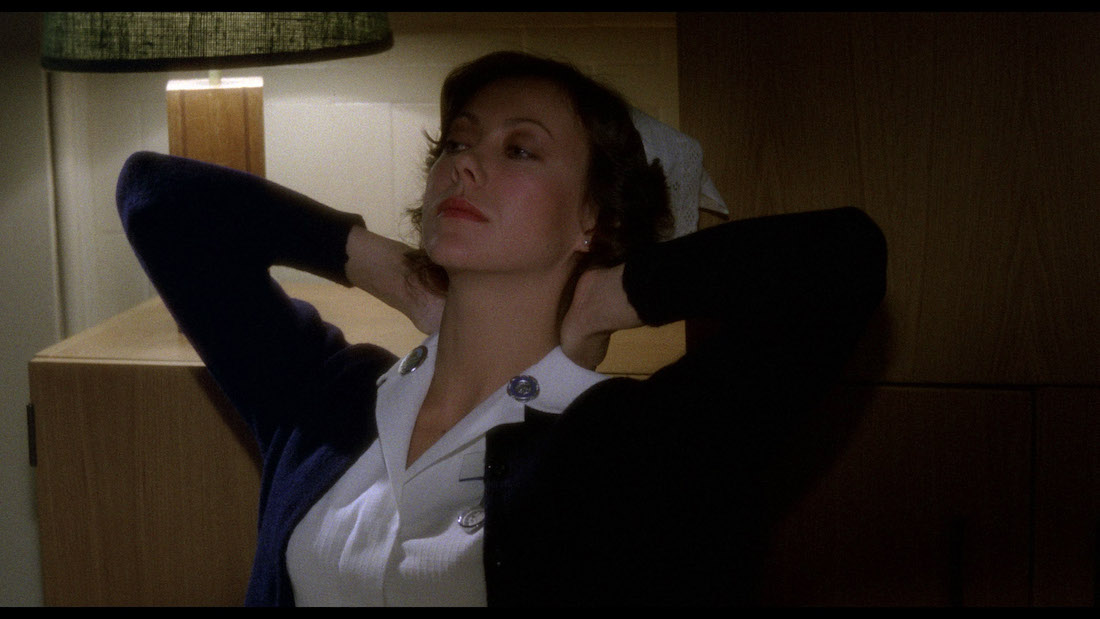
The movie now has a huge reputation in horror, and particularly the horror-comedy sub-genre, but I’ve never found American Werewolf especially funny. There is a certain gallows humour to a few moments (certainly the sequence when David meets his bloodsoaked victims in a porno cinema, sitting in seats like paying customers), but there aren’t many actual jokes or moments that stand out as being hilarious. I think expectations based on Landis’ background in comedy perhaps tricked 1981 audiences into thinking this was meant to be funny, so the occasionally amusing moment got exaggerated in people’s minds. And then it seems to have been accepted as being a horror-comedy in the ’80s and it’s never shaken it. But I’m not sure a horror that alleviates tension with a wry moment or silly physical gag (like the cop who almost walks face-first into a closed-door) is enough to justify American Werewolf being stocked alongside Evil Dead 2 (1987).
Whatever your reaction to its tonal mix (and I know some people find it more funny than scary), this is a cult classic that’s withstood the rigours of time. I can scarcely believe it’s almost 40 years old now, at time of writing. Speaking personally, it’s also one of a handful of movies I heard about in lurid detail by an older friend when I was too young to see it for myself. And just hearing a blow-by-blow account of the story had me gripped as a ten-year-old, so when I first saw the movie it was like witnessing someone’s crazy pitch come to vivid life.
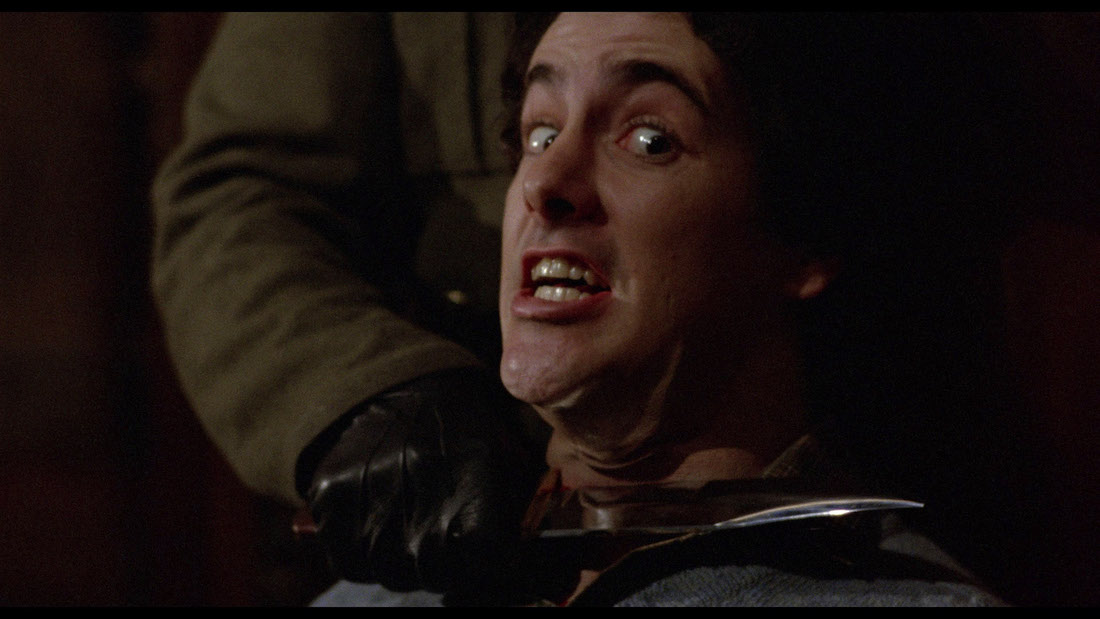
Universal distributed American Werewolf across the US at the time of its release, and they’re the studio that gave Hollywood all of its classic-era monsters, including the iconic Wolf Man. And thanks to the film’s British setting and a mostly English cast, the whiff of Hammer Horror isn’t too far away - particularly in the opening scenes with the suspicious pub-goers (one played with scene-stealing relish by the late great Brian Glover). As an Anglo-American production, this movie combines both country’s strengths. It has a thick atmosphere and tonal oddness of a Hammer picture, with an American attitude and game-changing SFX.
Now let’s talk about Rick Baker. Arguably the most enduring thing about An American Werewolf in London is its remarkable werewolf transformation. Landis and Baker (who met each other on Landis’ 1973 debut Schlock) wanted to bring something modern and cutting-edge to the screen, as the classic werewolf movies were limited in what they could achieve with make-up and simple filmmaking techniques. There was a lot of static shots with fades and transitions in classic wolf-man movies, nothing realistic and visceral. Baker designed a metamorphosis for David that was incredibly ambitious, not least because it takes place indoors under bright lighting. There’s nowhere to hide the seams and the imaginative ways David’s body contorts from man to wolf are still imitated to this day, albeit with slicker CGI.
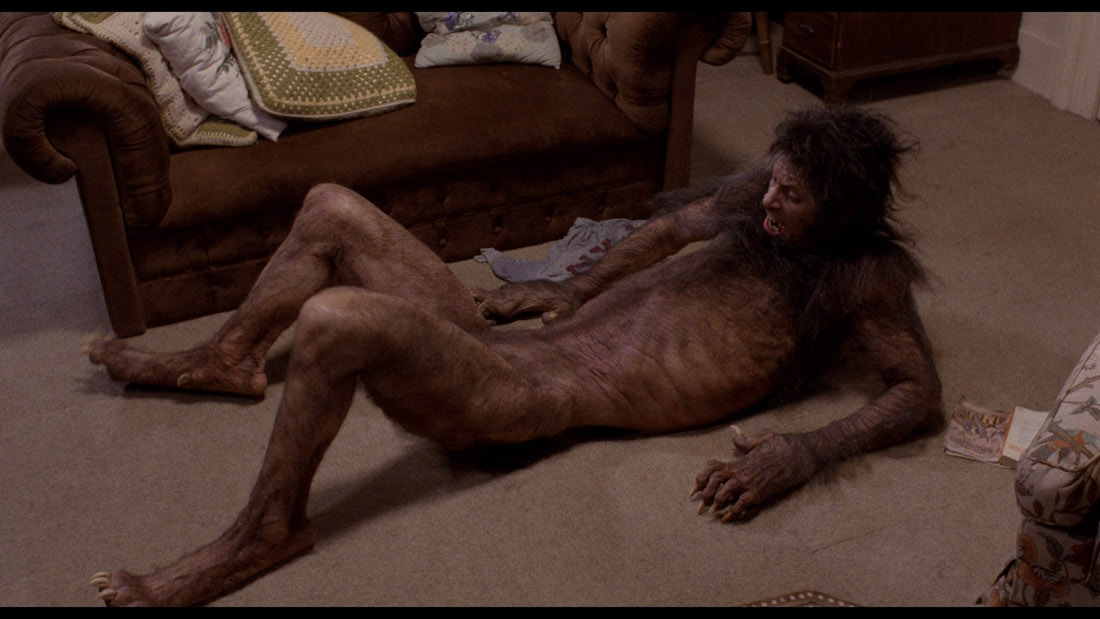
Each time I watch An American Werewolf in London, particularly when it undergoes restoration or debuts on a new higher-resolution format, I worry that Baker’s SFX will suddenly look antiquated and unconvincing. This never happens. It’s certainly easier to tell the elongating wolf’s head is rubber and more noticeable a few of the werewolf’s limbs are false, but the overall illusion continues to work. But even knowing how it was done doesn’t undermine the magic, because of one unavoidable truth: what you’re seeing is happening on camera.
There’s still something mesmeric about seeing practical effects, as you’re simultaneously impressed by the ingenuity that’s happening to create the appearance of what’s happening. I’ve seen slicker and more “realistic” werewolf transformations done with CGI in the decades since 1981, but they never carry the same weight and emotion. And a lot of that is also down to the performance, as David Naughton communicates such a lot of pain and confusion as he’s going through this horrendous change. Rick Baker deservedly won the Academy Award for ‘Best Make-up’ that year, which was the inaugural trophy created specifically to honour what he achieved here. Yeah, it’s that good.
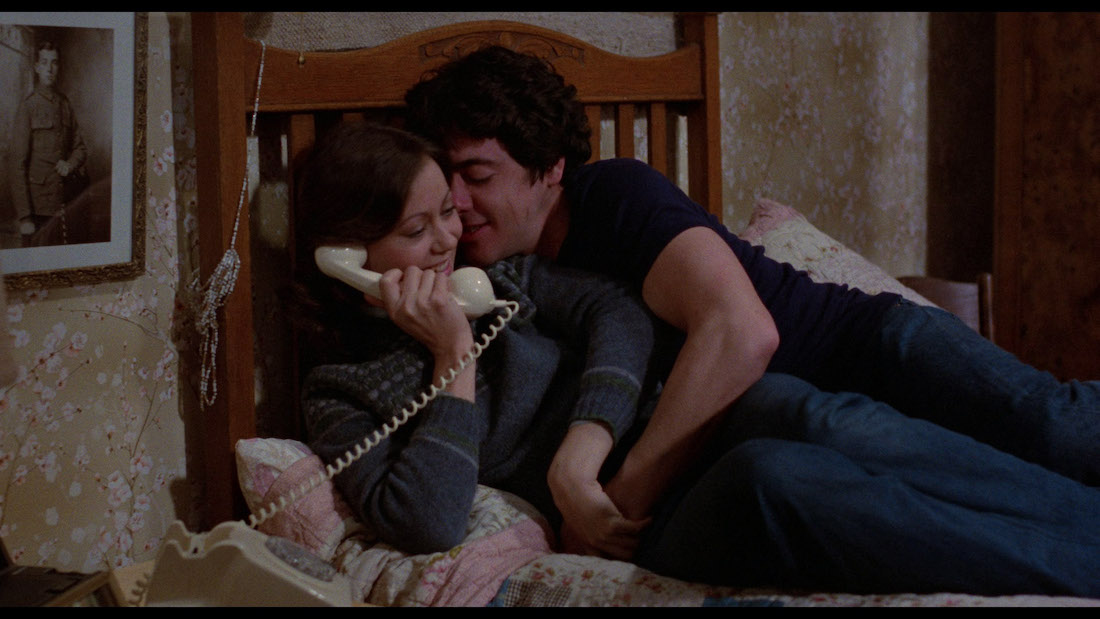
While being a straightforward movie in many ways, there are hidden depths. It’s mentioned in a jokey moment about a nurse sneaking a peek at David’s circumcised penis that he’s Jewish, which adds depth to the nightmare sequence where David’s family home is invaded by gun-wielding Nazi demons. The historical persecution of Jews, most infamously under the Third Reich, is undoubtedly a subtext in American Werewolf. John Landis himself is Jewish so perhaps subconsciously put some of those feelings into the movie. The scene in the Slaughtered Lamb thus gains another level, as the villagers’ inhospitality toward David and Jack might be seen as them intuiting their religious background, not just the fact they’re foreigners.
I’ve seen An American Werewolf in London many times over the years and it remains one of my favourites, particularly on a dark winter’s evening, preferably around Halloween. The SFX are remarkable and will always keep this film in people’s minds (even those who don’t care for the surrounding content), but I found the love story more effective this time around. Age does that, I guess. The fact it doesn’t deliver a happy ending and, indeed, concludes so abruptly, always leaves me gasping for more… with a sick feeling in the pit of my stomach that poor David found love with a woman he was cursed to never be with for long. But I guess he got a few days sightseeing in London, went to Trafalgar Square, travelled on the Tube, and had passionate shower sex. It just came at the expense of several innocent people’s lives. The moral of the story is to take heed of whatever scary villagers say to you, particularly regarding moors.

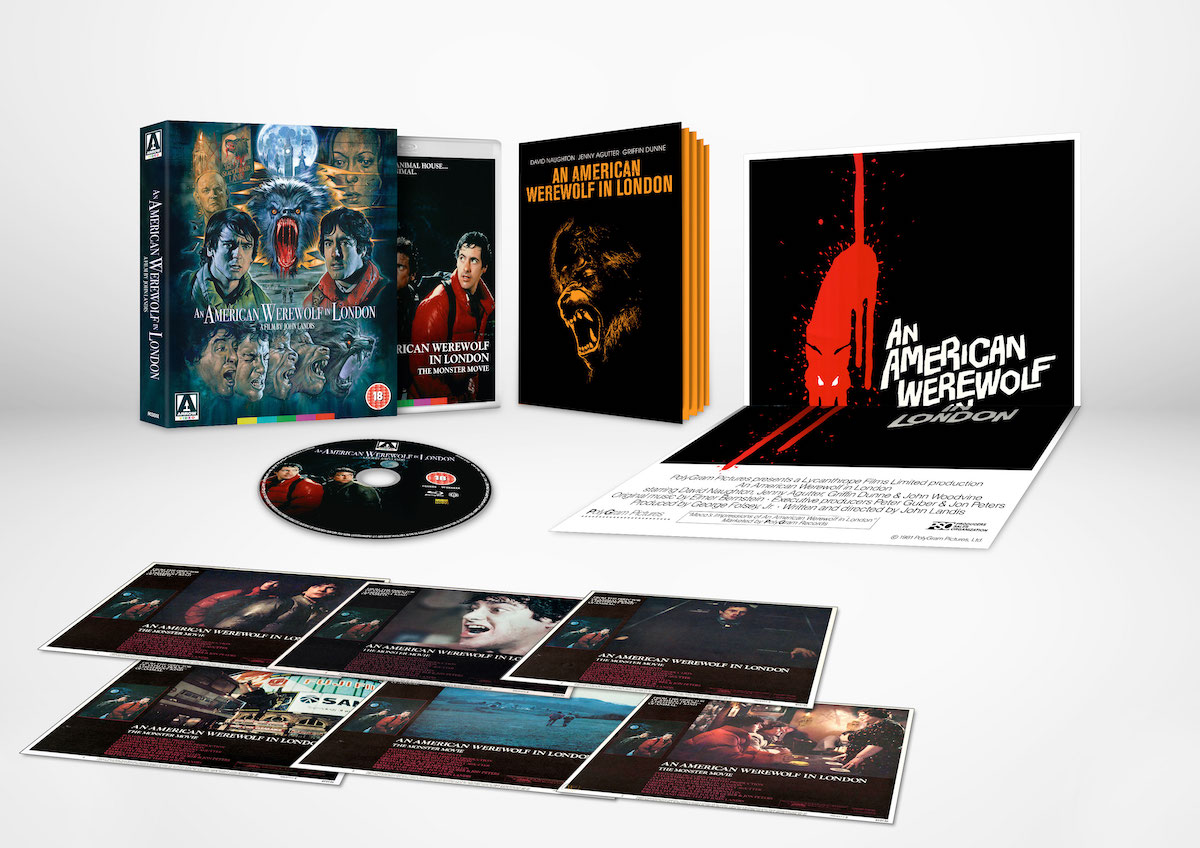
An American Werewolf in London has been on Blu-ray before, but Arrow Video have spruced things up with a 4K restoration using the original camera negative. It’s a shame Arrow (or any boutique labels, even Criterion) haven’t embraced the 4K Ultra HD format yet, probably down to expense and the limited audience right now, but this is still the best the movie’s looked. It’s not a night-and-day difference over the existing Blu-ray, but it’s more natural-looking and details looked a bit clearer.
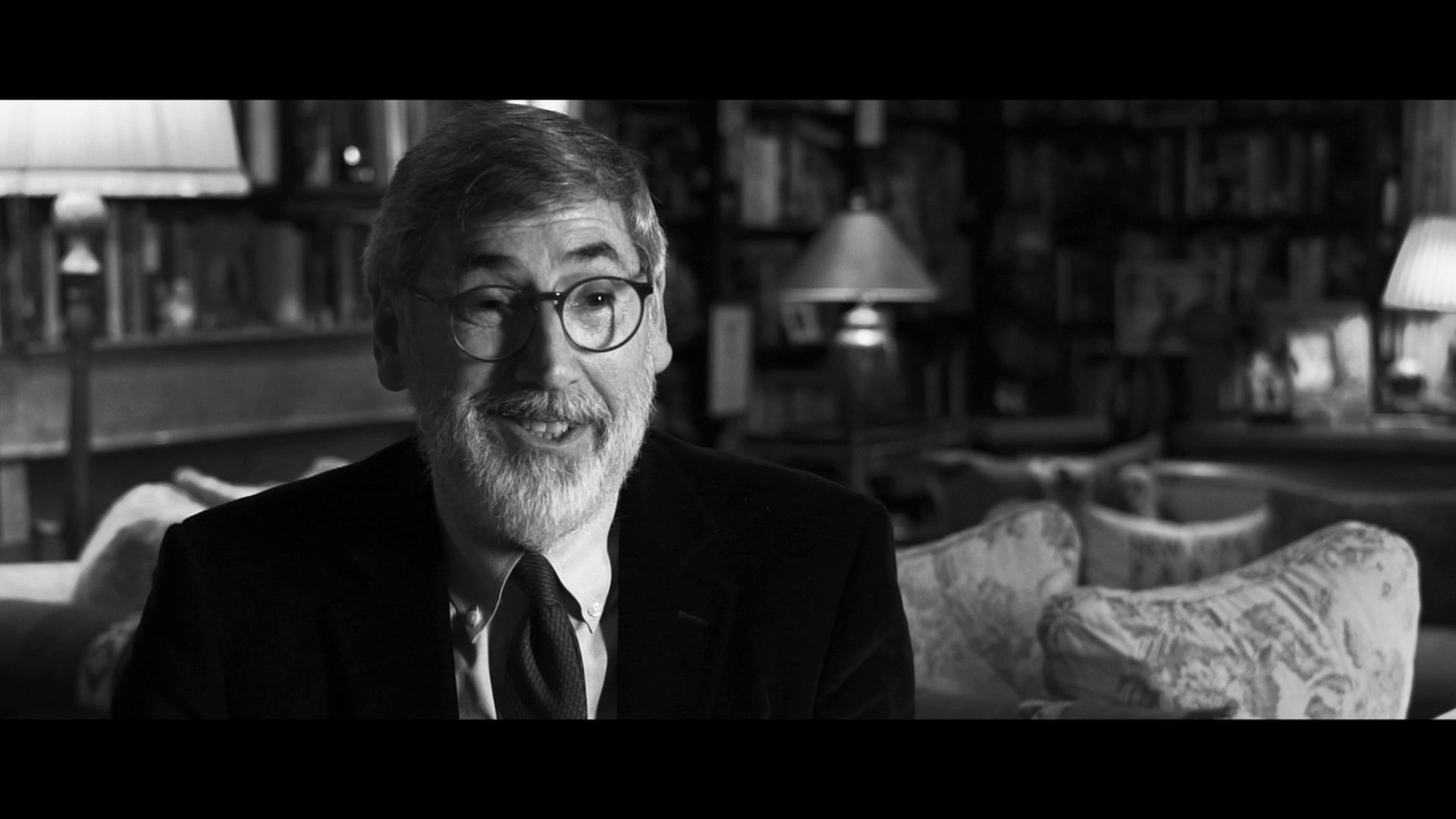
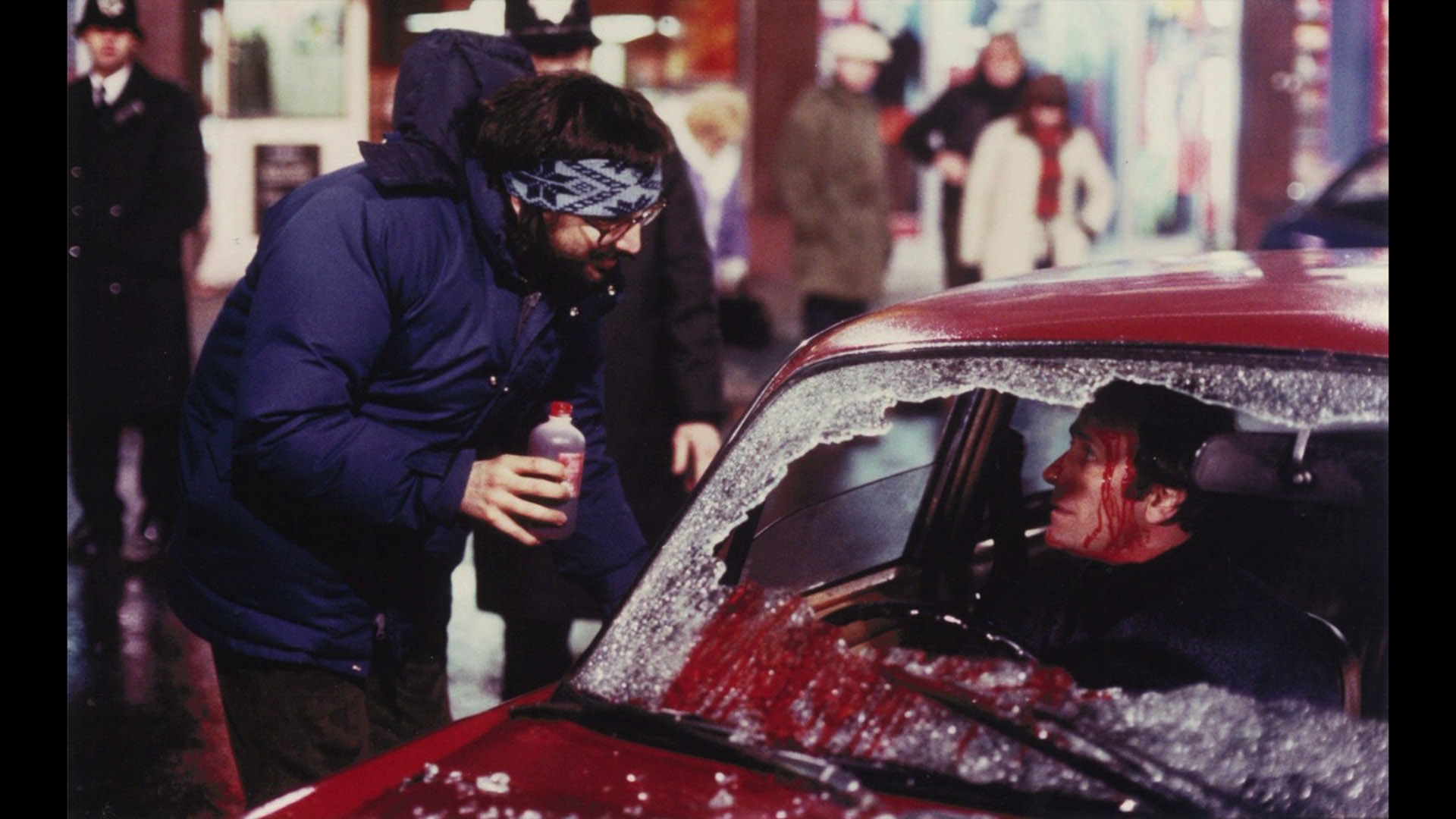
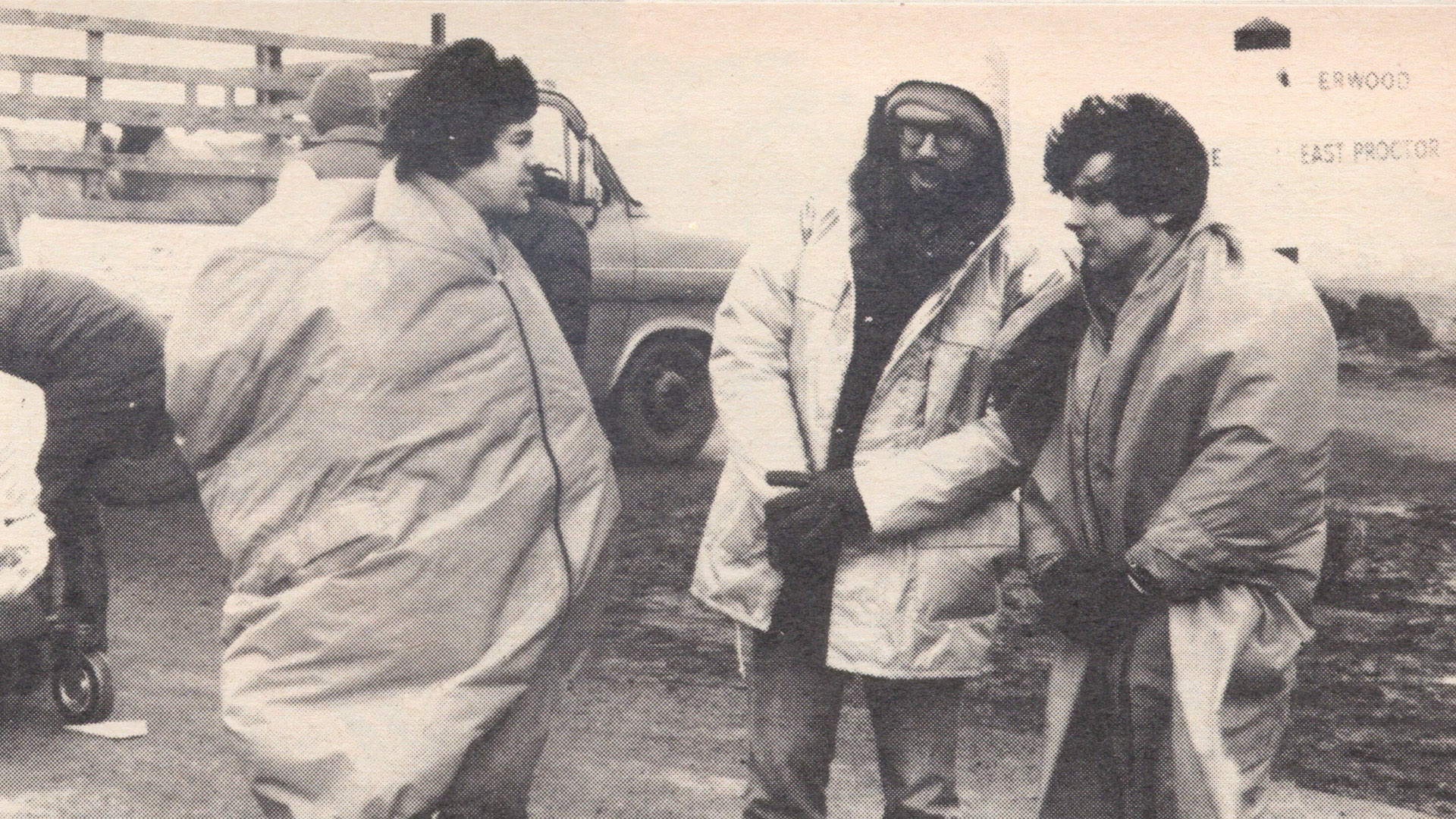
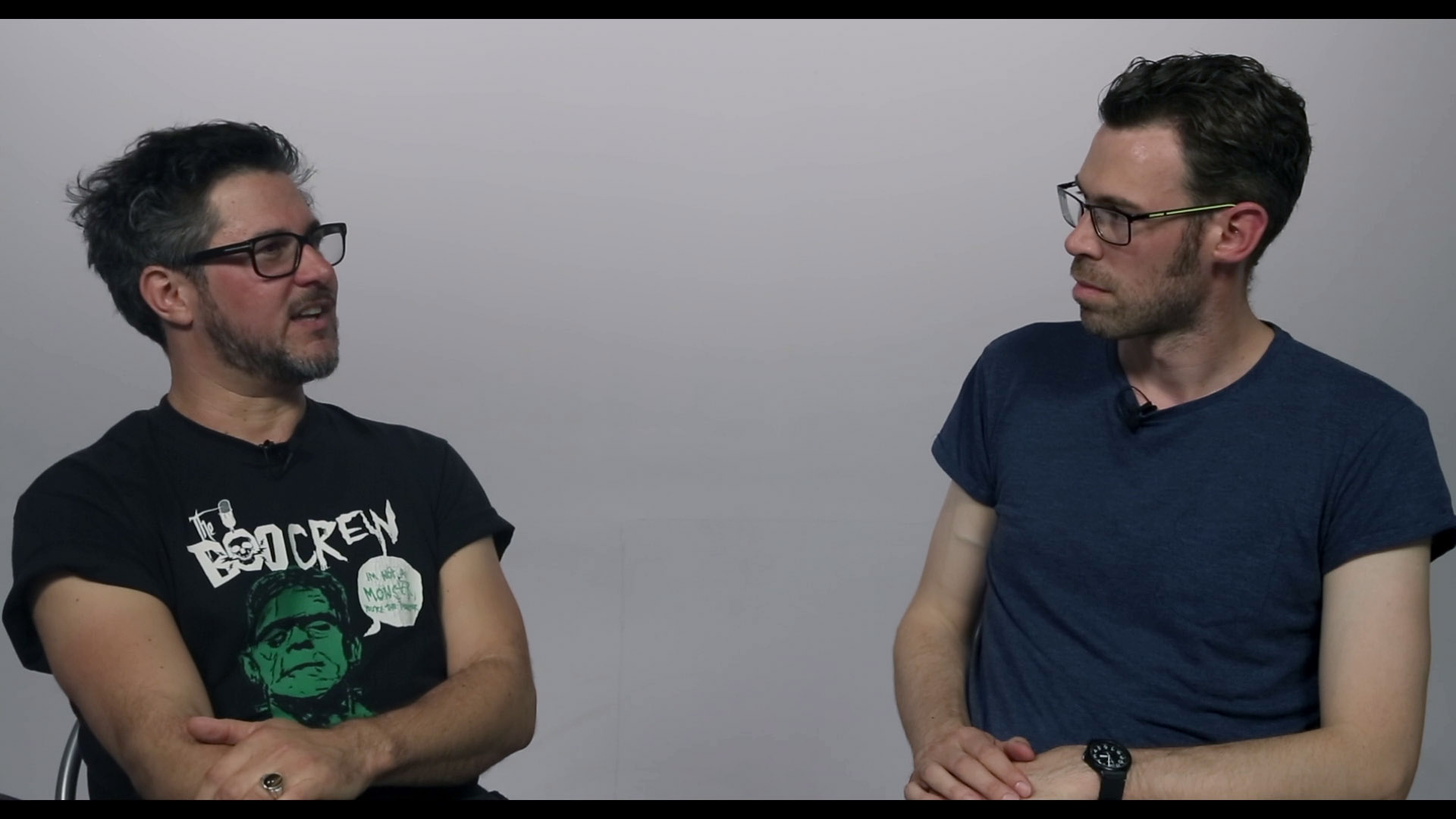
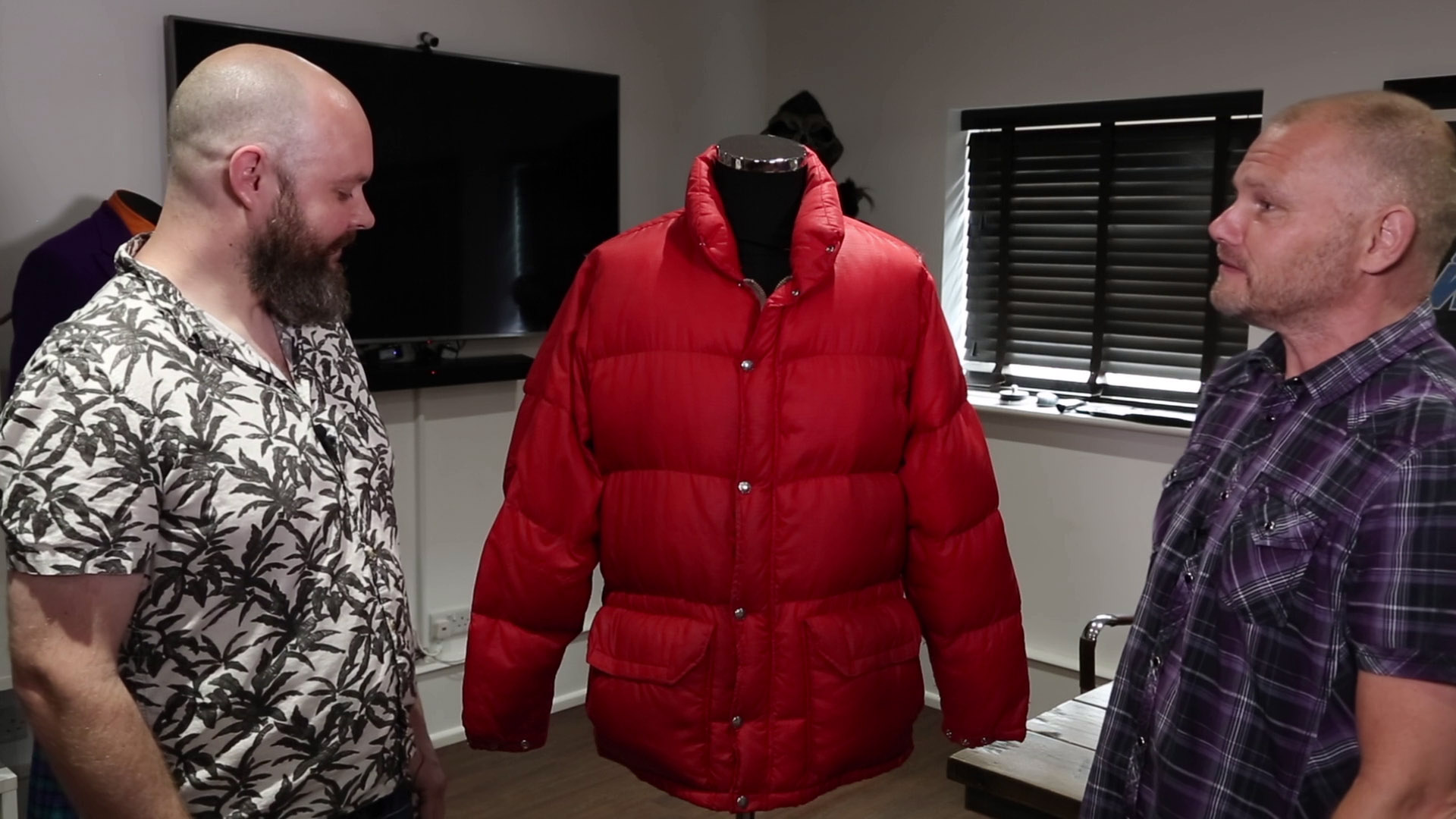
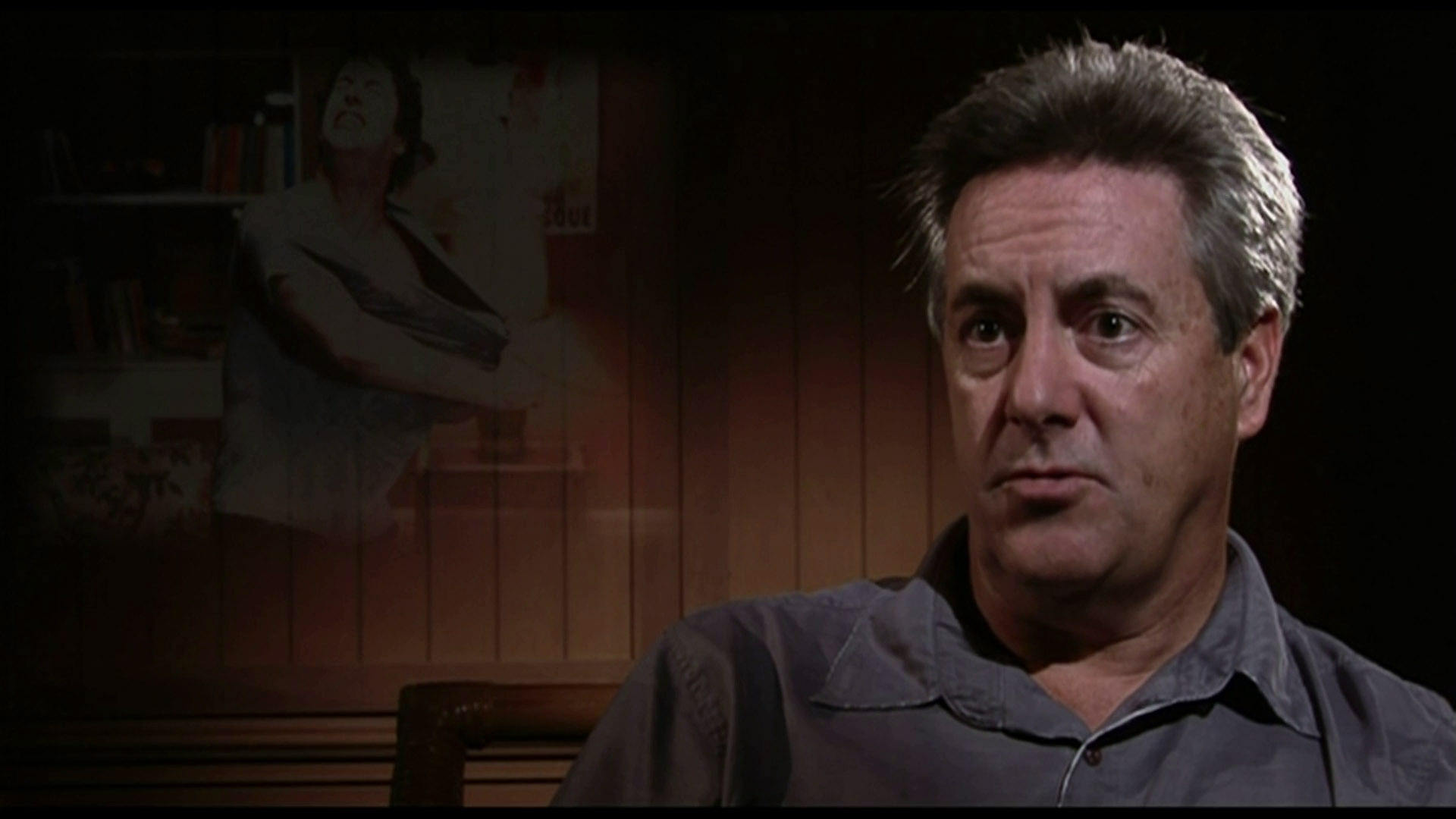
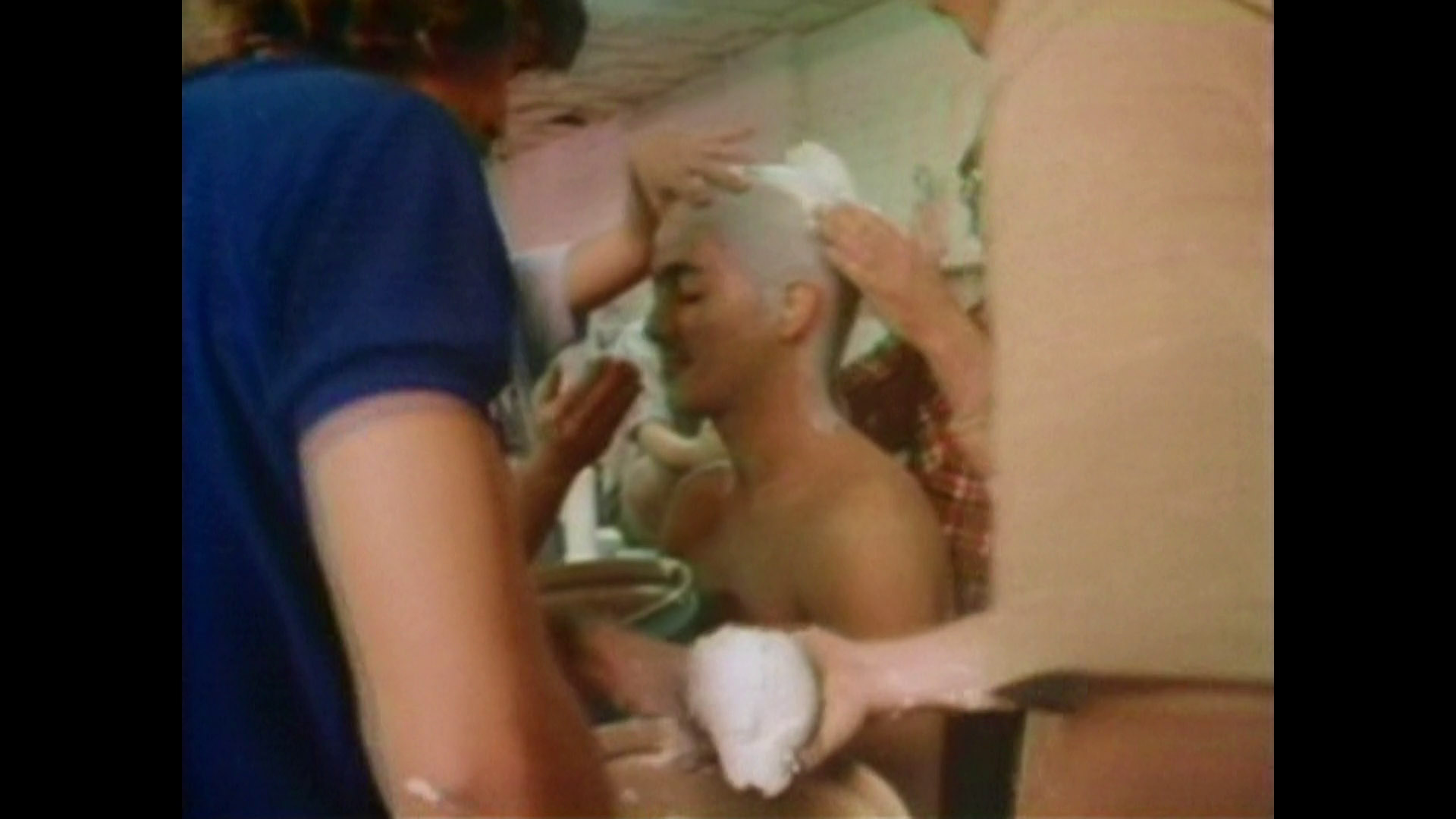
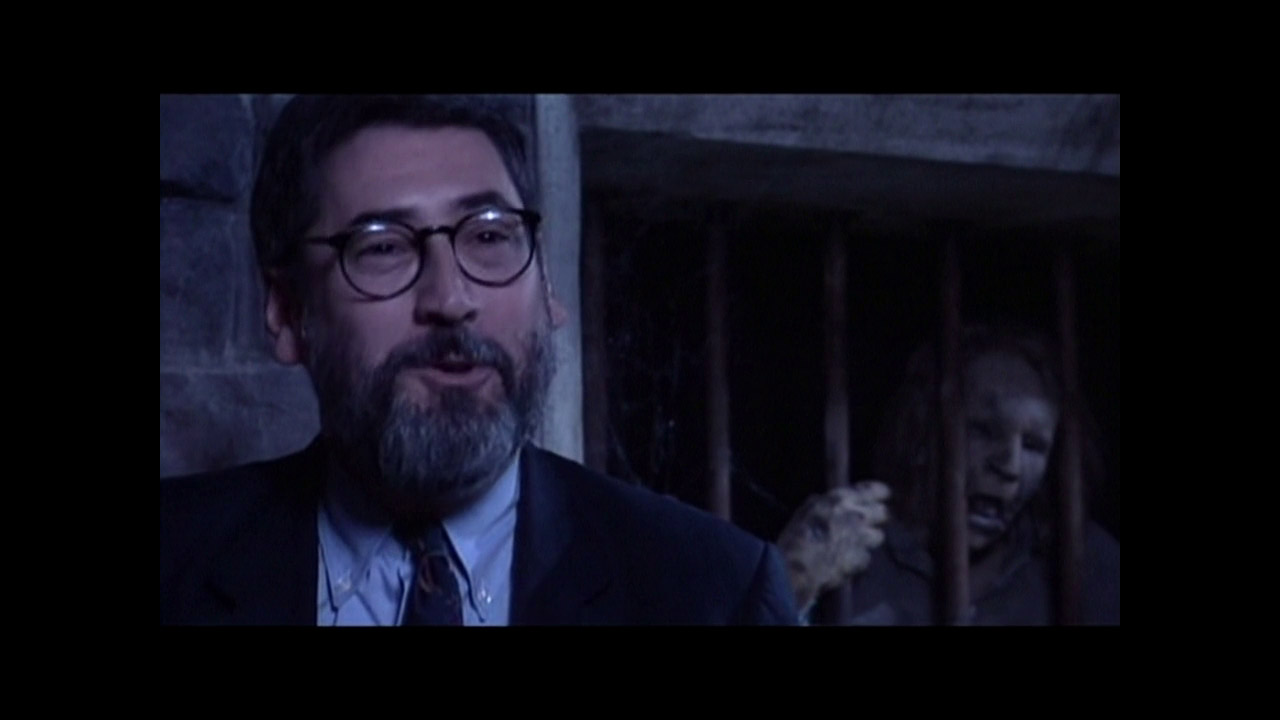

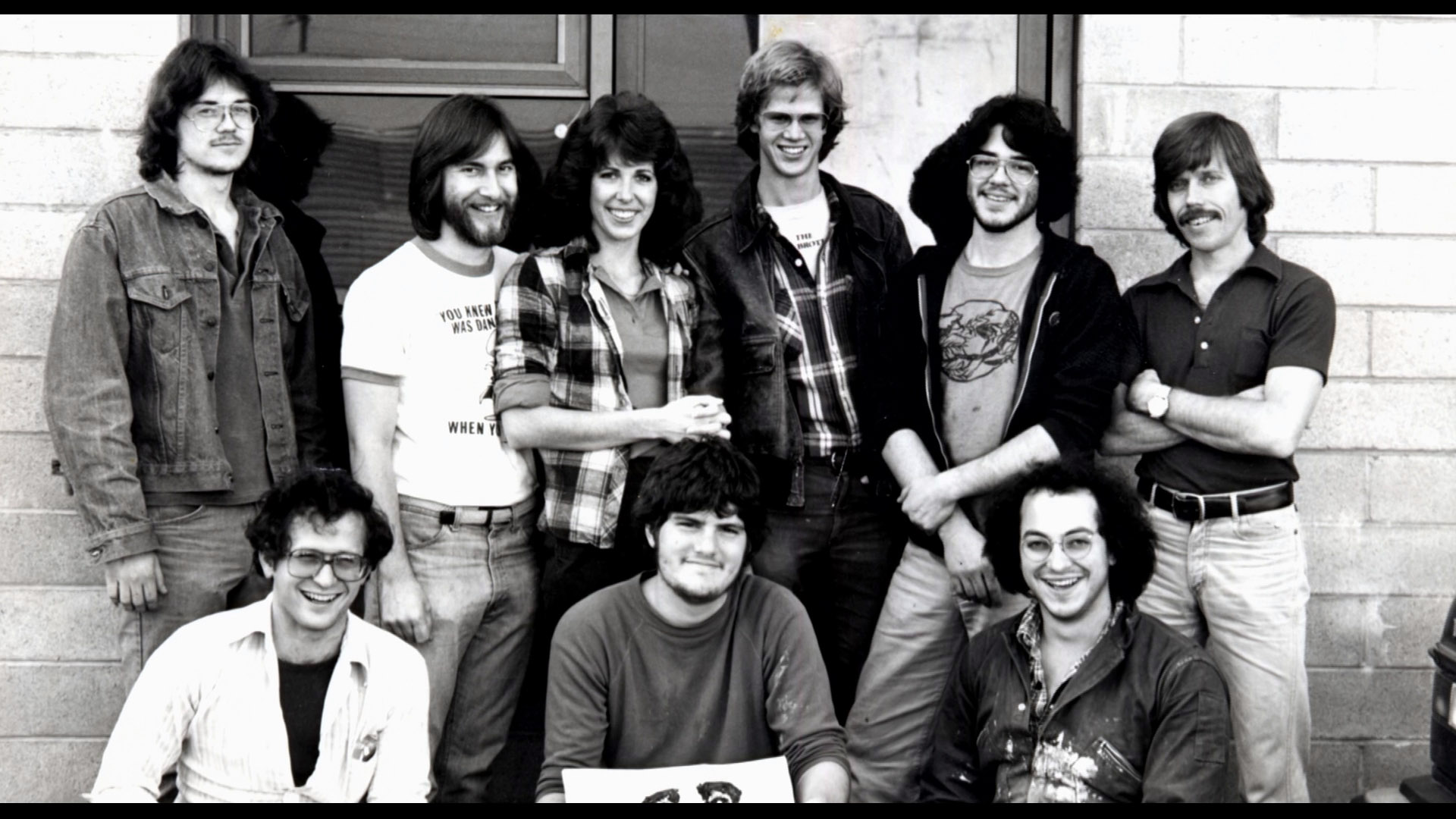
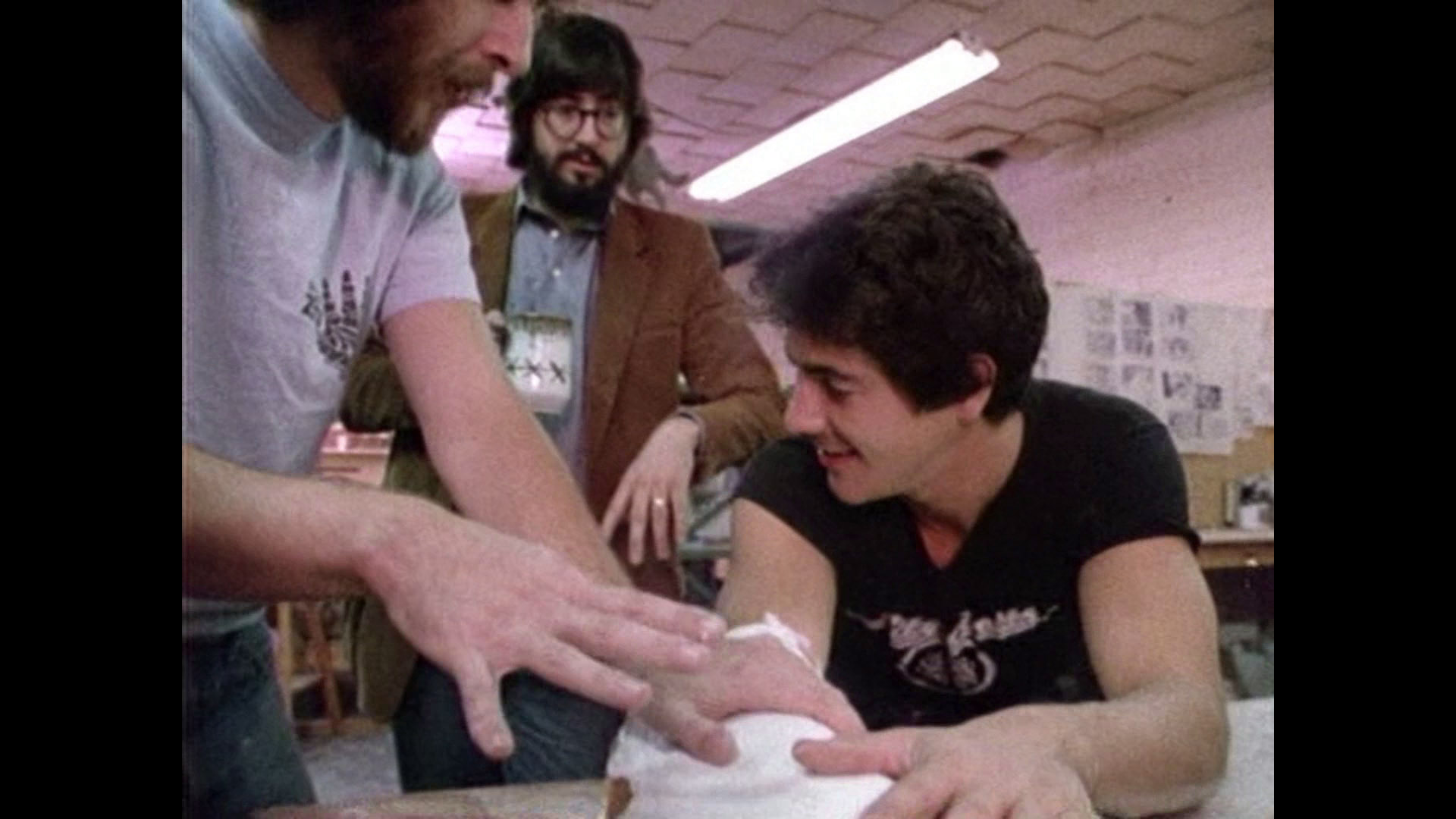
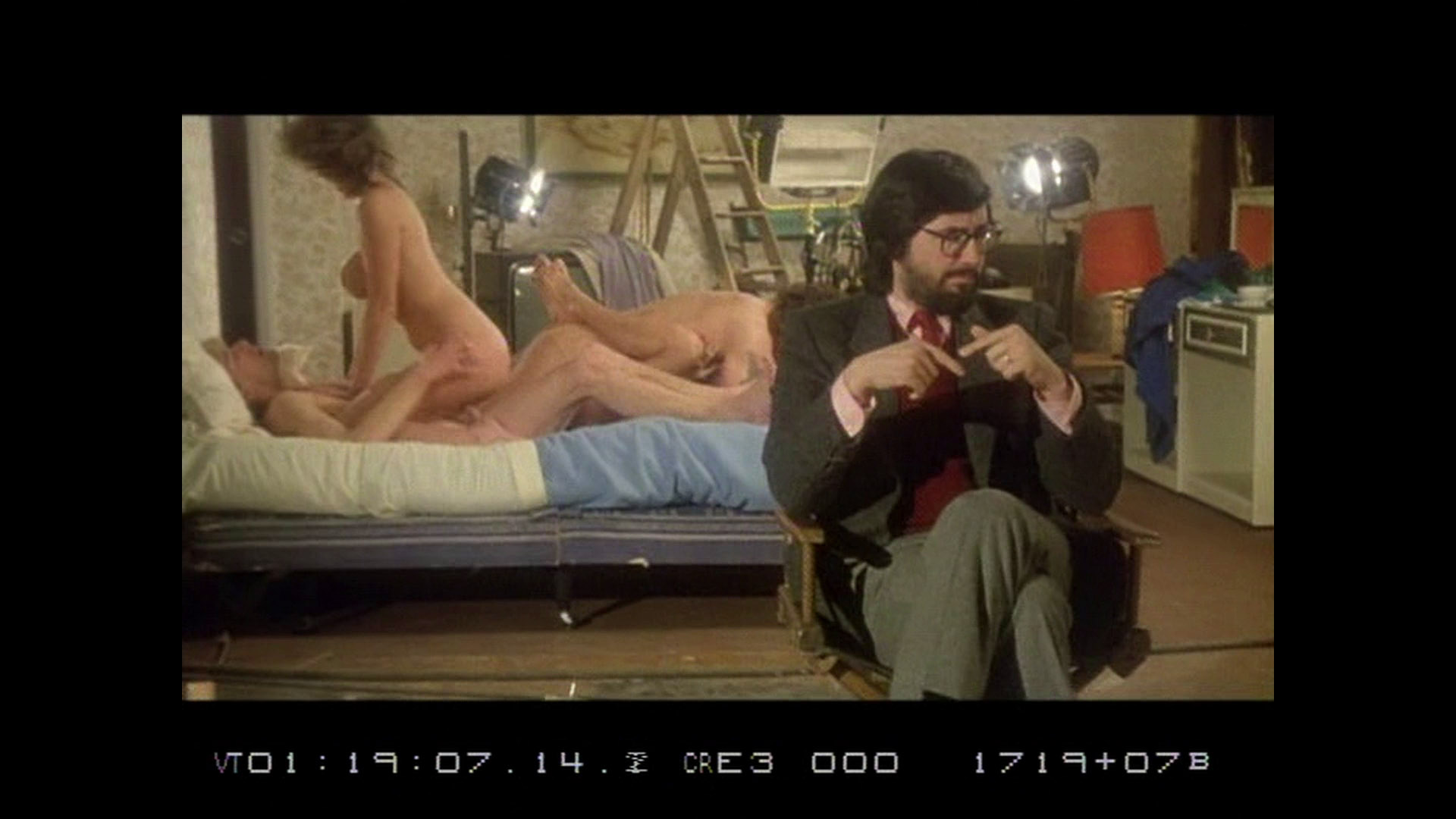
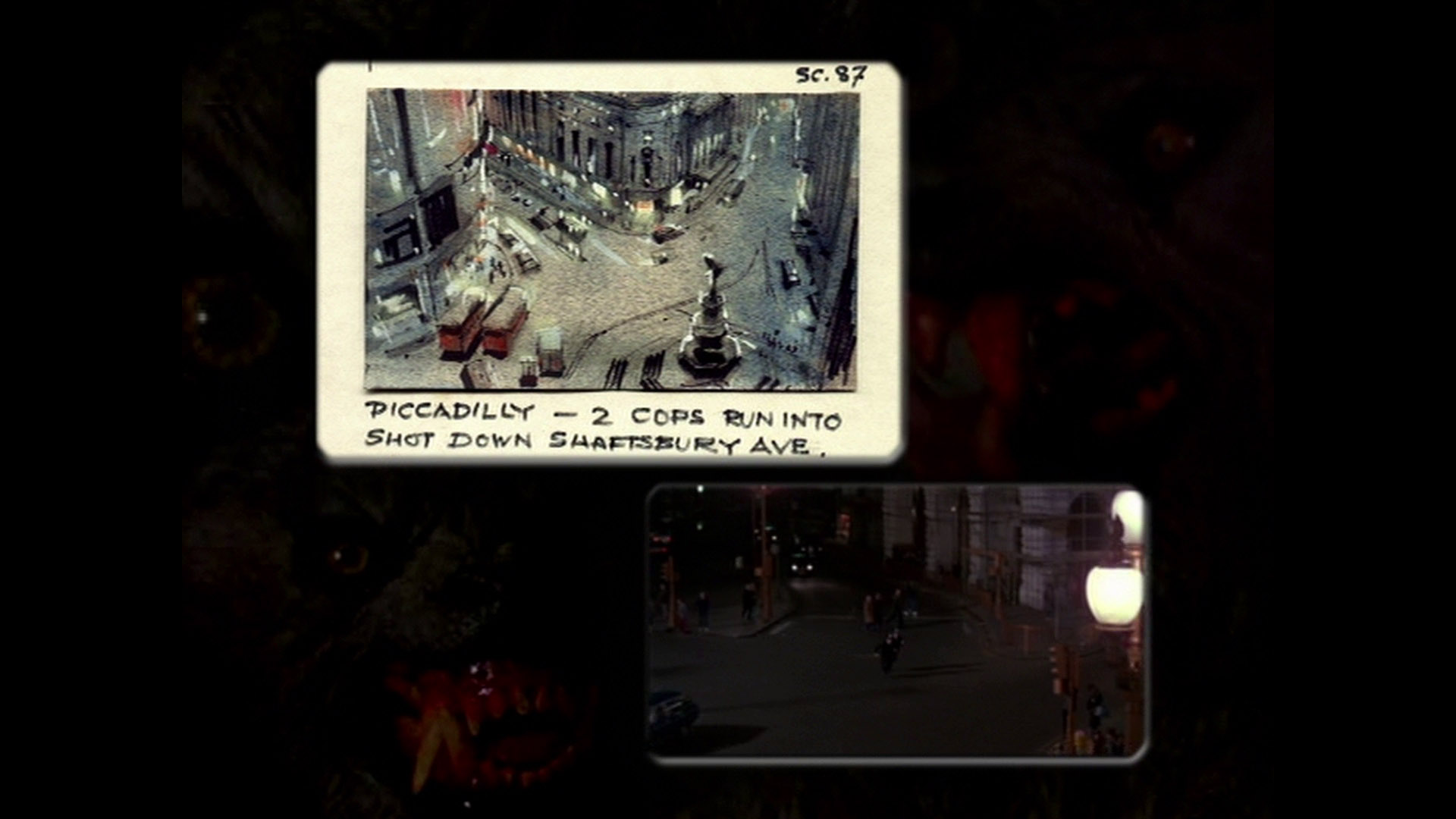

writer & director: John Landis.
starring: David Naughton, Jenny Agutter, Griffin Dunne & John Woodvine.
